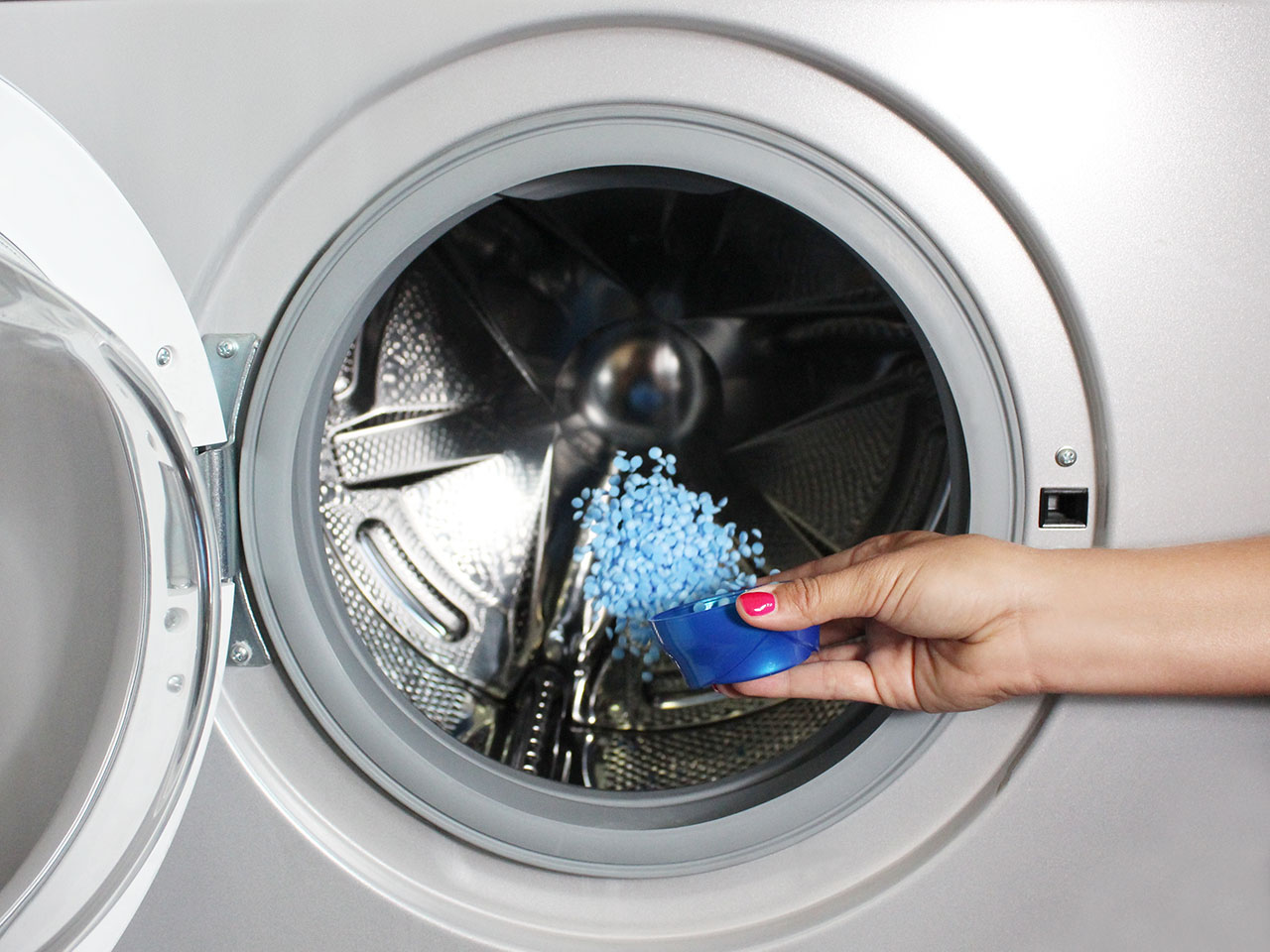
Talking scents
We are constantly curious about everyday habits and love to discover global differences and similarities.
In China, for example, having a washing machine is now very common, but consumers still love hand washing. And it seems that UK consumers cannot live without their tumble dryers which can be found in most homes. Could it possibly be something to do with the weather?

How do you wash yourself, your home, your clothes? We journey around the world and into the homes of people everywhere to talk to people about smell. Our studies disclose some fascinating insights that influence how we design fragrance for people around the world.
Washday blues… which method do you use?
With few exceptions – the washing machine is essential equipment for many people worldwide. In the West, high environmental ratings are desirable for reduced energy and water use, whilst in some emerging markets visitors can be sure to have the machine pointed out with pride. The Chinese do not need to wash their clothes by hand, but many people continue this tradition anyway, using their machine every week but saving items for hand washing. When it comes to drying, most popular is outdoors to get that ‘sunshine freshness’ smell. India, where the majority of the population earn less than 90,000 Indian rupees a year, fewer than half the population own a washing machine so, for the majority of people, washing by hand is the only option.
Weather, seasons and lifestyle largely determine how consumers dry their washing. Europeans prefer to hang the washing out in the summer, when the weather is good, but will dry the laundry inside in the winter. The majority in the UK live in a house, with at least a small garden, where the clothes line is always ready for use. In Italy, apartment blocks have a central patio, hidden from the street, which allow line drying from balconies. In Germany, local by-laws govern days of the week when line-drying is banned. In Asia and Latin America, where the weather can generally be relied on to be good throughout the year, consumers always hang their washing outside. Only in the USA do consumers take little notice of the weather – and will have their drying machines going all year, whatever the weather.
Tumble dryer ownership is far from universal, even in Europe; only 23% of Italians and 44% of French consumers have one. Half of Germans do not own a dryer either. Only in the UK, with a notoriously wet and unpredictable climate is it commonplace to own a tumble dryer. Over half of the population own one – and many are increasingly dependent upon them, whatever the weather! The habit of machine drying is most prevalent in the USA where 72% of consumers own one and using it is considered a normal part of taking care of the laundry.
Colour sorts it out
Some habits are universal. Consumers worldwide sort their laundry by colour before washing, and keeping those ‘whites’ bright is a global ambition. In Europe and North America the fabrics themselves influence the washing that is done together, cotton bedding for example, or towels – reflecting the high use of machine washing and the need to find laundry that can be washed at the same temperature. In poorer, less developed markets where water can be in short supply, lighter colours will be done first and darker ones last, to conserve water.
Choose your weapon: powders vs liquid
Laundry detergent formats are influenced by many factors. The laundry soap bar, once very familiar in Europe and North America, is now confined to low-income regions where hand washing is commonplace. Powder still rules, but liquids are gaining ground as the leading convenience format in most developed markets and the latest liquid capsule formats now give ready measured doses and leave less residue in the dispensing drawer.
However, consumers are careful as they trade-up. Liquid detergent may not be used in every wash, suggesting that it is reserved for special washing of delicate or non-colour-fast fabrics. Eventually people will be won over by the ease of use, lack of mess and pre-measured dosing that saves the most precious resource for consumers in these markets – time.